Don’t Toss That Dryer Lint In The Trash! Here Are 6 Surprising (But Handy) Ways To Use Lint In The Garden
Think that dryer lint isn't good for anything? Think again! Here are 6 surprisingly handy ways to use lint in the garden.


Fuzzy bits and fabric threads—these are the end products of wash day that are found in the lint trap after the dryer cycle is done. While many of us empty out the lint trap after the dryer has done its work, we might not think about recycling that lint.
Here’s the good news. You can recycle garbage in the garden to help plants grow, including that lint you just pulled out of your dryer. In fact, there are plenty of ways to repurpose this unwanted fuzz.
Read on for our favorite unexpected ways to use lint in the garden that are actually quite handy.
What Is Dryer Lint?
First comes the washer, then comes the dryer. As your dryer tosses clean, wet clothes around and around to dry them, lint accumulates in a trap built into the machine. This fuzzy buildup is a collection of tiny bits of clothing fabric, human hair, and pet fur.
Since lint can easily catch on fire, you should clear out the lint trap each time after you do your laundry. But what do you do with the lint you clean out? There are some unexpected uses for this fuzz that can help you grow a sustainable garden.
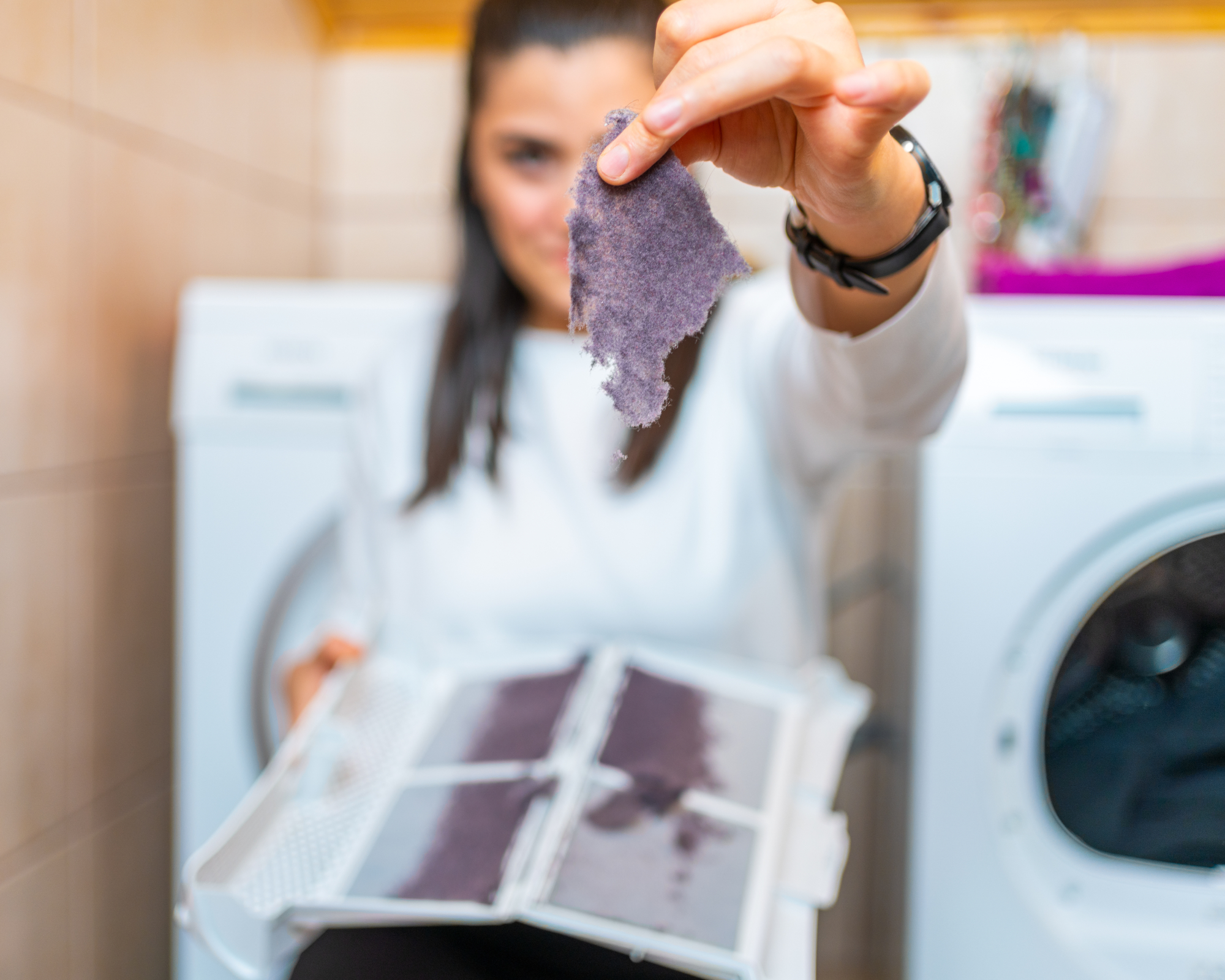
Can You Use Dryer Lint in the Garden?
Some people think of lint as kind of icky and I must admit I was among their number. But I changed my tune when I learned about the many purposes it can serve in the garden. Note that you’ll have to make sure the lint is free of harmful chemicals before introducing it into your yard.
To do this, switch to natural detergents and clothes softeners, avoid dryer sheets, and only use lint from natural fibers, like wool and cotton clothing. When you put synthetic fabrics like polyester and acrylic in the dryer, the lint fibers may harbor microplastics that pose health risks. Keep plastic out of your garden to help protect wildlife and humans.
Sign up for the Gardening Know How newsletter today and receive a free copy of our e-book "How to Grow Delicious Tomatoes".
Best Ways to Use Lint in the Garden
A creative and frugal gardener can come up with dozens of ways to use natural lint in the backyard. But some are more practical and helpful than others. Here is my shortlist of the handiest ways to use dryer lint in the garden.
1. Add Lint to Compost
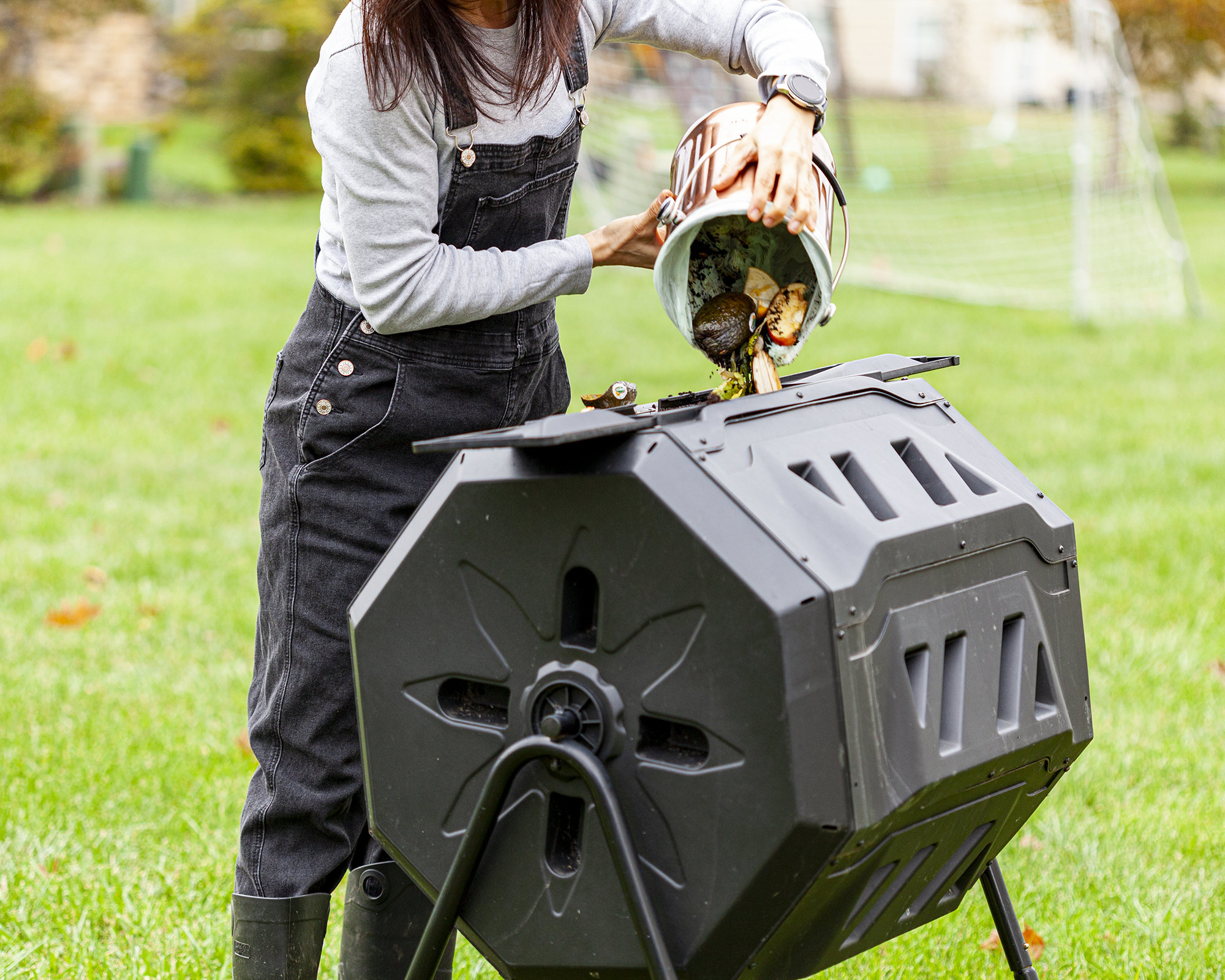
Thinking of starting a compost bin or pile in your backyard? The general instructions are to layer green material, like vegetable peelings, and brown material, like dry leaves, in a lasagna-style pattern. Or you can use a tumbler like this best seller from Amazon to make it extra easy.
But what else can you compost besides kitchen scraps and yard debris? There are lots of other materials that help make rich compost, including dryer lint.
Lint, which is made up of carbon-rich fibers, fuzz, and threads left over from a dryer load, decomposes quickly when mixed into the compost pile. But a reminder here: you only want dryer lint from natural fibers, not synthetics. Synthetic fibers don’t break down easily and can add microplastics into the soil.
2. Make Houseplant Mulch
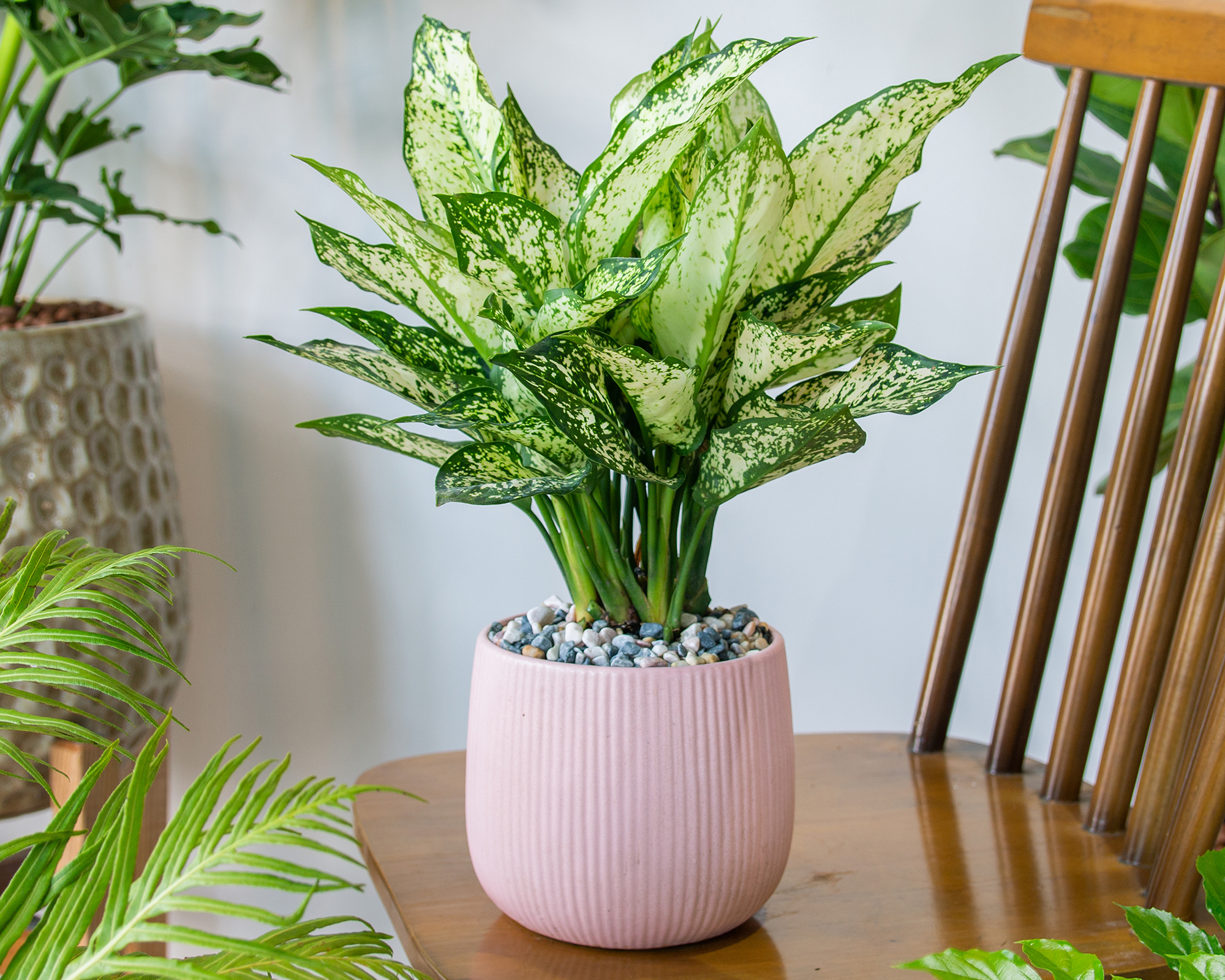
Think of mulch as a material you tuck around your plants like a favorite blanket. Mulching helps regulate the temperature of the soil, keeps down weeds, and holds in moisture.
Dryer lint that comes from natural substances makes a great sustainable mulch. Water seeps through it but doesn’t evaporate out from under it and the fibers keep houseplant roots warm when the temperatures drop.
Again, it’s important to use only natural lint, not synthetic, to keep unwanted chemicals out of the soil. The downside to using dryer lint as mulch is that it’s not exactly pretty. But no problem. Just cover it with decorative stones or seashells.
3. Use Lint as a Firestarter
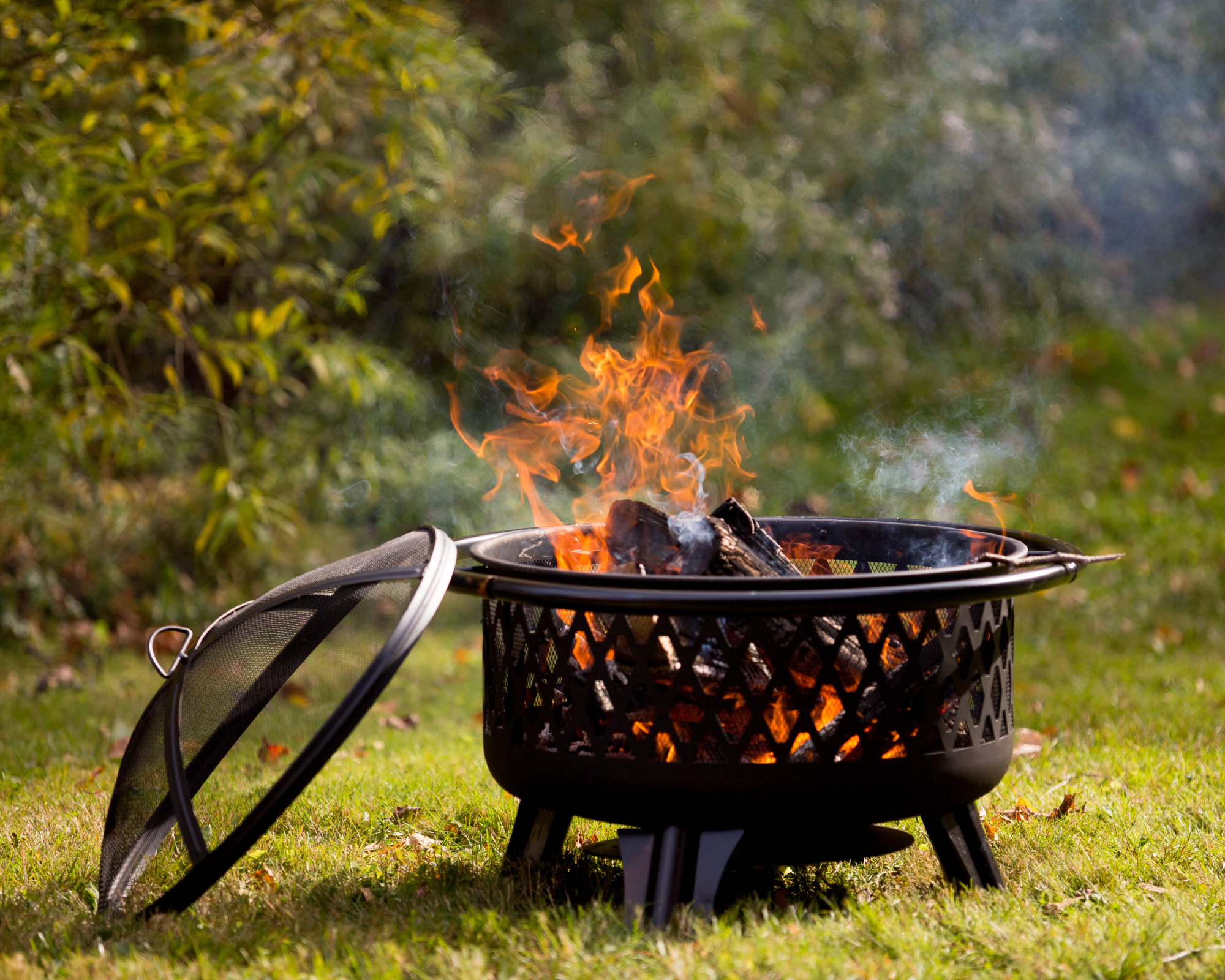
If you have a fire pit in your garden or a backyard fireplace, you need to light that fire. Did you ever consider using dryer lint as a fire starter?
You are supposed to clear out the lint trap regularly to prevent a fire from igniting. That means that dryer lint is flammable and can be used as tinder. Be sure lint is dry before using it as a fire starter.
Natural lint is best for this purpose as well. But the tiny amount of synthetic materials from your laundry or from non-natural laundry detergents shouldn't cause a problem. If you're worried, though, pick up a packet of natural fire starters on Amazon for just a few bucks.
4. Fight Weeds With Lint

Many gardeners use landscape fabric like a rug to stop weeds from growing. It serves as a wall to keep those weeds out. They then put the soil and the plants on top of the fabric, so no undesirable plants will pop up from deeper in the soil.
Here’s a money-saving tip: instead of using a weed barrier cloth, which can be expensive, use your dryer lint. A thick layer of dryer lint can fend off weeds just as effectively as landscape fabric—and it’s free! It may take a while to save up enough lint for this purpose, but if you do a lot of laundry you will have a weed barrier in no time.
5. Clean Tools With Clumps of Lint
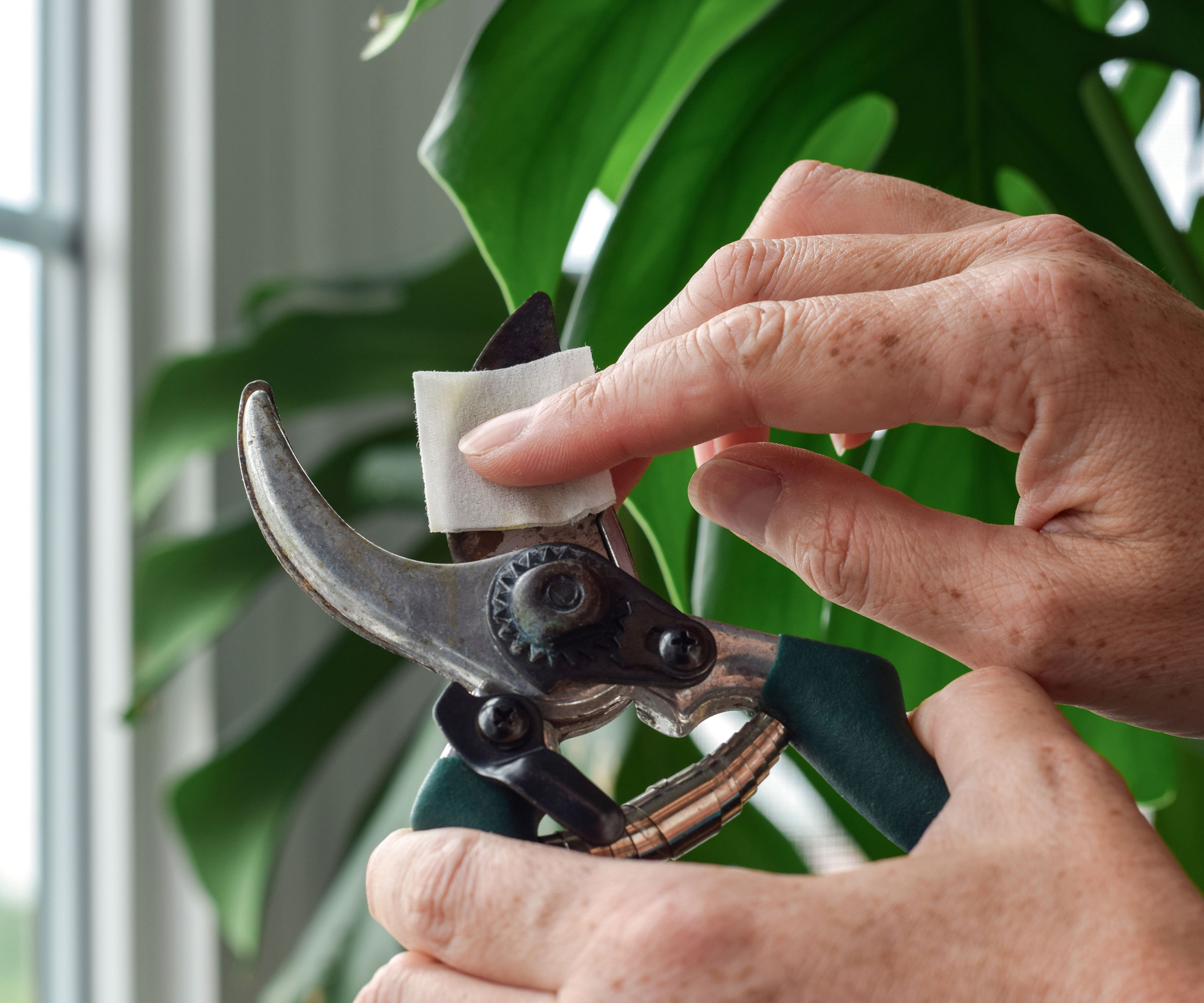
I don’t know about you, but I go through lots of rolls of paper towels when I am cleaning gardening tools, especially when I'm oiling my wood-handled tools. I pour linseed oil on a clump of paper towels and rub, rub, rub. I do the same for metal parts after I clean them, too, since linseed oil prevents rusting.
But paper towels are made from trees, which makes me feel guilty. If you are in the same boat, try using a clump of dryer lint to apply the oil instead. This makes good use of dryer lint and is a great use for dryer lint that isn’t fully “natural.” Get linseed oil on Amazon and start collecting lint now to give tools a good cleaning before storing them away for winter.
Before tossing the used lint in the trash, let it dry completely to prevent it from catching on fire. I also keep dryer lint in my work area since it sops up oil spills very effectively.
6. Use Lint to Prevent Erosion

We’ve already talked about using dryer lint as a mulch. For many of the same reasons, it works well to stop erosion in your front or backyard.
If you have a slope or hillside that is susceptible to erosion, gather a mass of dryer lint, wet it, then spread it over the area. It doesn’t have to be a thick layer, even just a thin, scattered layer will help to stabilize the soil.
Now I’ve already acknowledged that dryer lint isn’t the prettiest ground cover on the block. So don’t hesitate to hide it with something more attractive like stones or shells.

Teo Spengler is a master gardener and a docent at the San Francisco Botanical Garden, where she hosts public tours. She has studied horticulture and written about nature, trees, plants, and gardening for more than two decades, following a career as an attorney and legal writer. Her extended family includes some 30 houseplants and hundreds of outdoor plants, including 250 trees, which are her main passion. Spengler currently splits her life between San Francisco and the French Basque Country, though she was raised in Alaska, giving her experience of gardening in a range of climates.